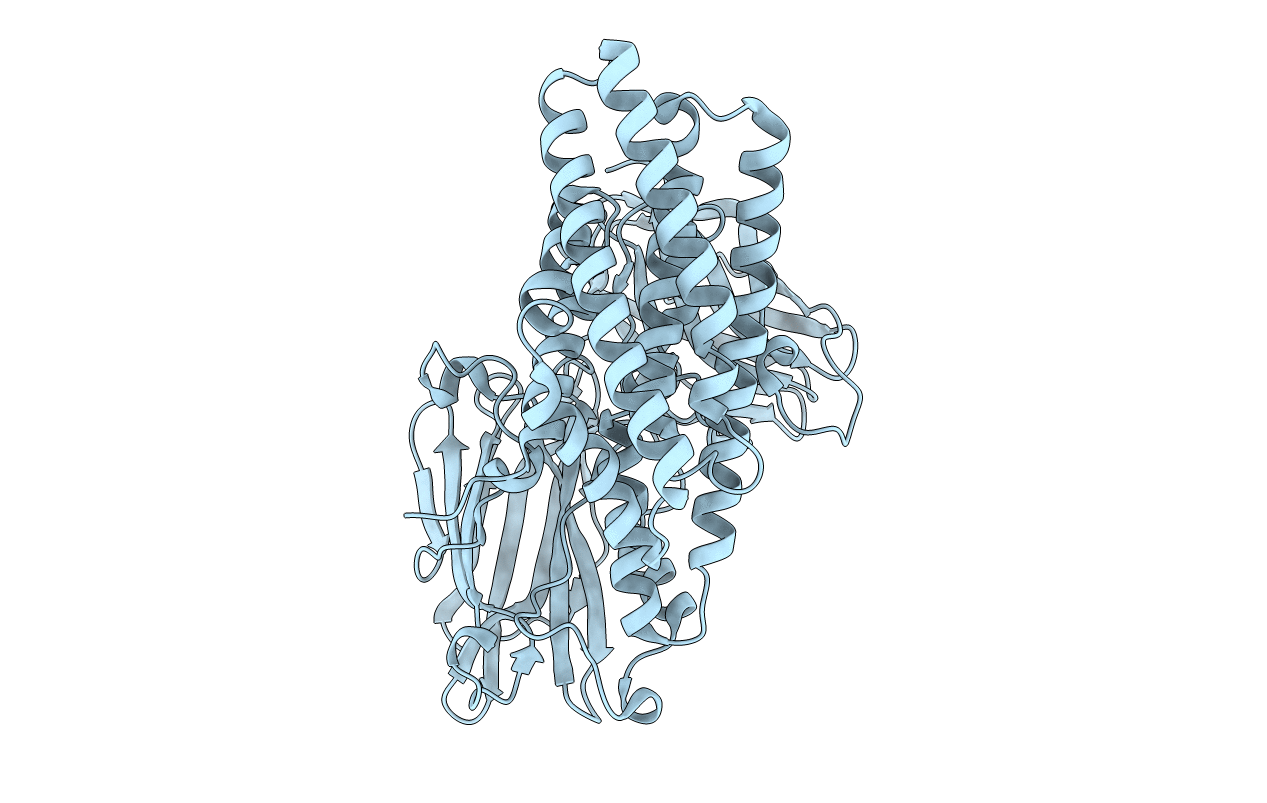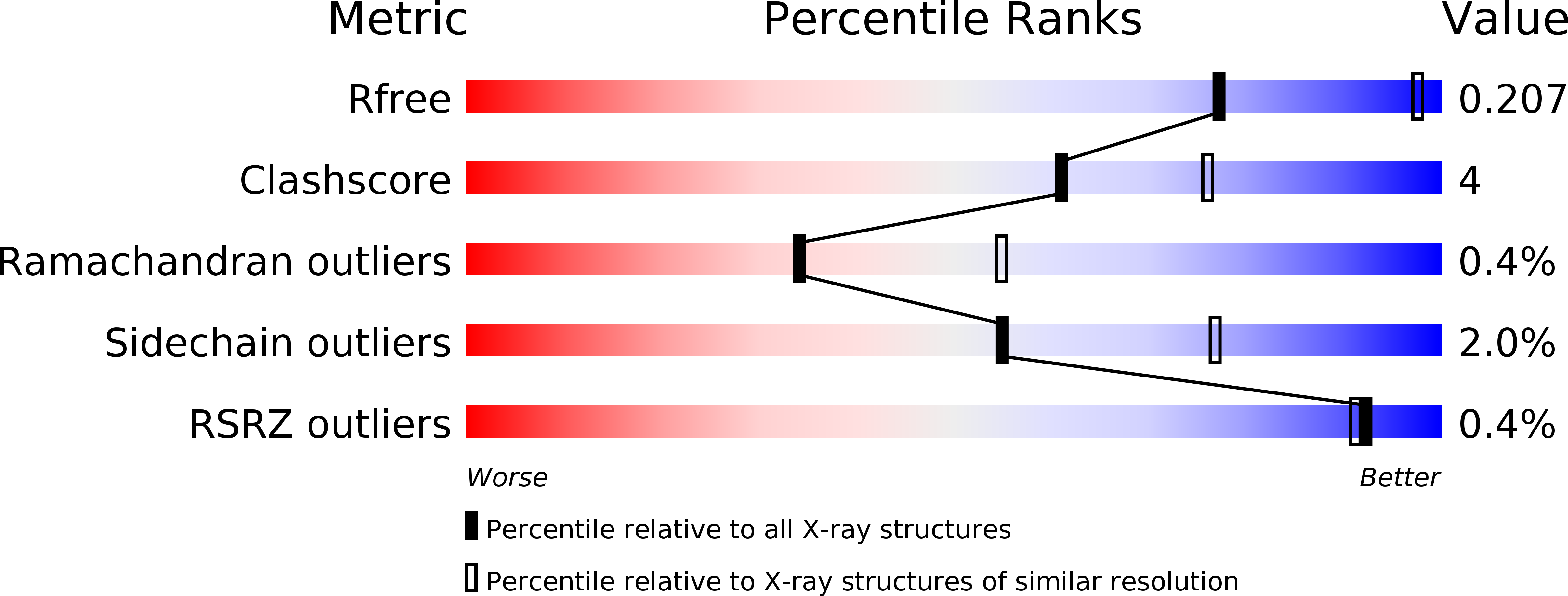
Deposition Date
2019-05-07
Release Date
2019-06-19
Last Version Date
2023-10-11
Entry Detail
PDB ID:
6OVB
Keywords:
Title:
Crystal structure of a Bacillus thuringiensis Cry1Da tryptic core variant
Biological Source:
Source Organism:
Bacillus thuringiensis (Taxon ID: 1428)
Host Organism:
Method Details:
Experimental Method:
Resolution:
2.61 Å
R-Value Free:
0.20
R-Value Work:
0.15
R-Value Observed:
0.16
Space Group:
P 32 2 1


